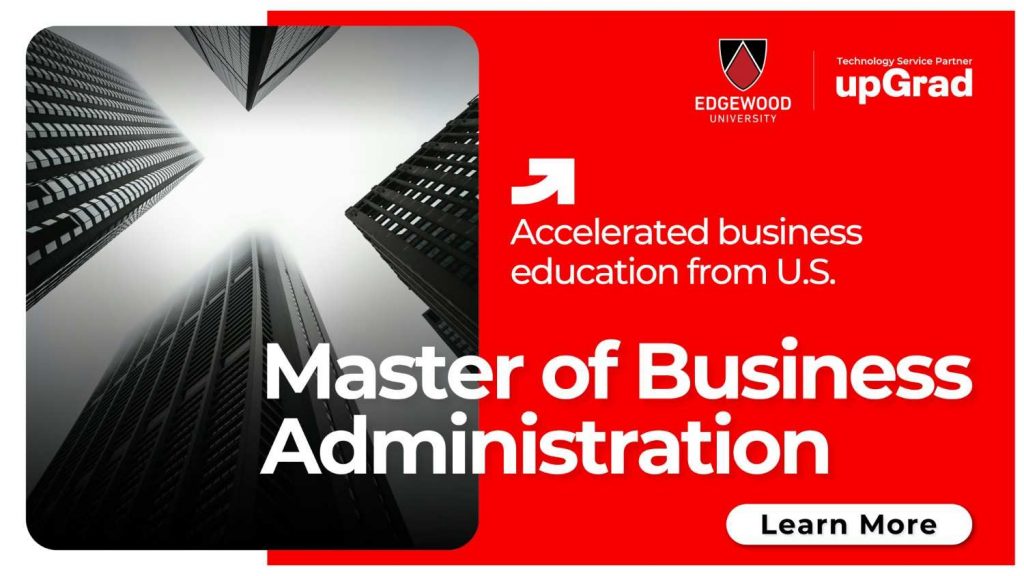PLM software facilitates efficient product development stages. However, advanced PLM strategies take it further. This article reveals 5 avant-garde product lifecycle management tactics to boost innovation.
Embrace Design Thinking
Design thinking prioritizes understanding users’ needs. Subsequently, creative solutions flow. This human-centric philosophy fuses design, technology, and business. Furthermore, it nurtures customer-focused products. Adopt design thinking to gain meaningful insights and craft winning offerings.
Automate Processes
The efficiency dividend from automating repetitive tasks is immense. Robotic process automation handles mundane, high-volume activities. Consequently, teams focus on high-value work. Specifically, automated test case generation or 3D model conversions. Moreover, AI offers intelligent assistance too. Welcome automation, but stay vigilant about risks.
Simulate Extensively
Advanced simulations transform product development, specifically virtual testing and predictive analytics. They simulate product performance under diverse real-world conditions, identifying problems early while enhancing quality. Choose solutions that integrate with existing tools and offer quick, flexible simulations, thus supporting agile iteration.
Enhance Sustainability
Lifecycle analysis highlights environmental impact hotspots. Accordingly, target impact reductions are not just compliance with regulations. Furthermore, it is designed for circularity to minimize waste. Choose renewable, recyclable materials. Enable upgrades, remanufacturing, and safe chemical recovery, too. Thereby enhancing product sustainability and appeal.
Collaborate Seamlessly
Smooth internal and external collaboration multiplicatively boosts outcomes. Establish a single source of truth. Securely share information across the ecosystem. Unified dashboards provide customizable insights. Project management and social tools drive alignment. Integrations simplify data exchange between systems, catalyzing fruitful teamwork.
Summary
In summary, the astute application of these 5 advanced product lifecycle management strategies will bolster innovation. Adopt human-centric design thinking. Automate tedious tasks. Run realistic simulations. Improve sustainability. And facilitate nimble collaboration. Thereby crafting winning offerings that delight users. Now, over to you. Which tactic resonates most? How will you get started?
Frequently Asked Questions
1. What is product lifecycle management?
PLM is a strategic approach to efficiently manage a product’s entire lifecycle from conception to end-of-life. It connects people, processes, and data across the product ecosystem.
2. How does PLM software help?
PLM software centralizes all product-related information and processes. This provides a single source of truth driving alignment. And automation capabilities boost efficiency.
3. What are some PLM best practices?
Leading PLM best practices include – integrating sustainability, enhancing collaboration, leveraging simulations and automation, instituting governance, optimizing costs, and driving adoption across the enterprise.
4. Which departments use PLM software?
PLM is cross-functional software supporting product designers, engineers, manufacturers, marketers, salespersons, service technicians, and more.
5. What makes PLM strategies advanced?
Advanced PLM strategies harness emerging technologies like AI, ML, AR, VR, and advanced simulation. Furthermore, they emphasize design thinking, sustainability, and seamless collaboration.
6. How can we track PLM success?
Critical PLM success metrics include – faster time-to-market, better quality, lower costs, improved sustainability, and higher customer satisfaction.









